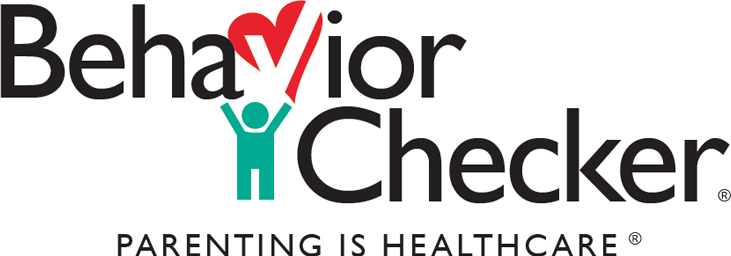Developmental Milestones
NOTE: As a parent, you know your child best. If your child is not meeting the developmental milestones for his or her age, or if you think there could be a problem with the way your child plays, learns, speaks, acts, and moves, share your concerns with your child’s doctor. Just as importantly, tell your child's doctor if you are overwhelmed and think you cannot cope with your child's behavior. Don’t wait. Acting early can make a real difference! For more information, go to Learn the Signs. Act Early.
These milestones and stages of development are presented according to the ages at which children generally reach them, according to the American Academy of Pediatrics. They are included to help you anticipate and understand your child's behavior at various stages of growth. Remember, each child is unique. Since each child develops on his individual timetable, your child may be ahead of, at, or behind the statistical average.
Remember: Generally speaking, girls often reach these milestones before boys do. Many behaviors that seem unique to a particular age may repeat at a later age. For you, this means your efforts to teach a behavior to your 3-year-old may have to be repeated when she reaches age 6. But take heart. Because you began teaching her patience when she was 3, it will be easier to manage her impatience when it reemerges at 6, for example.

